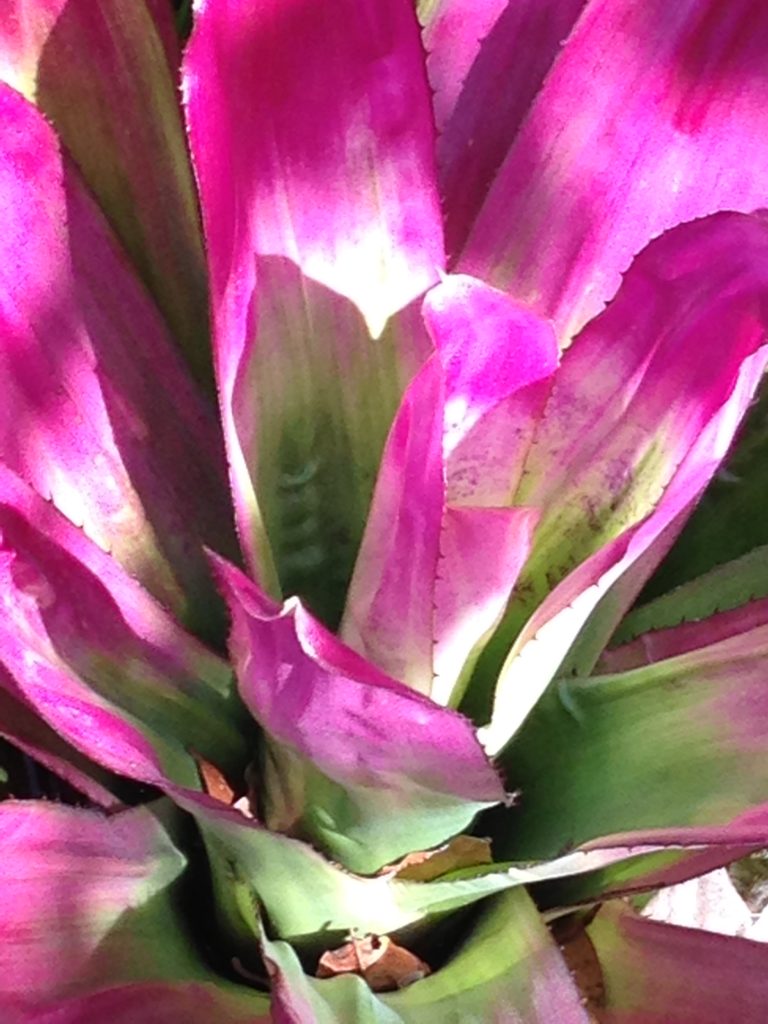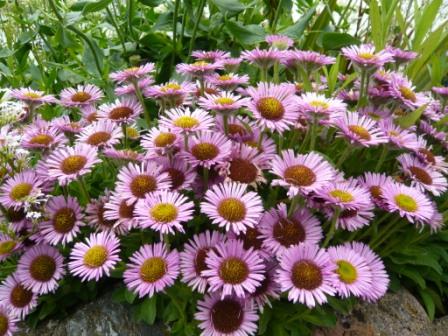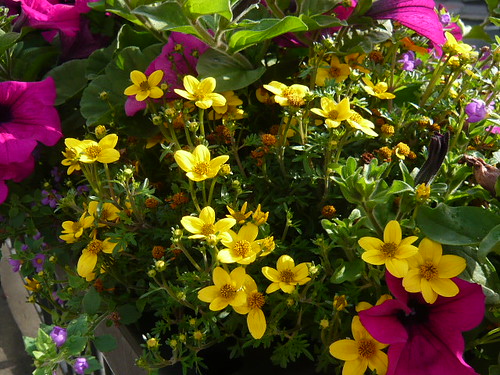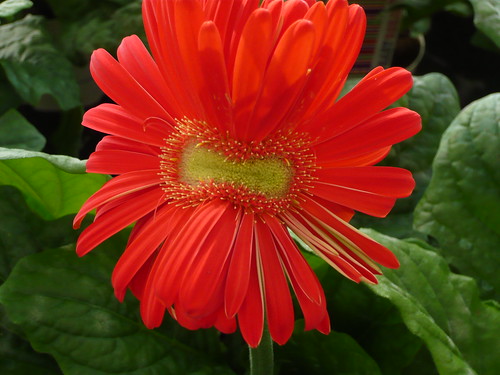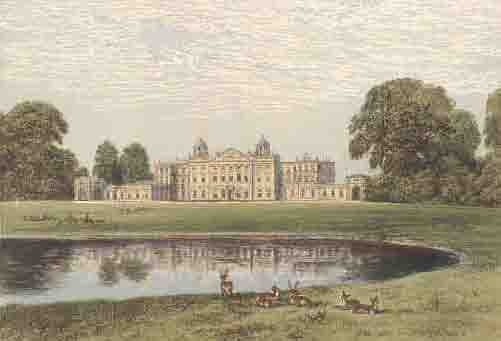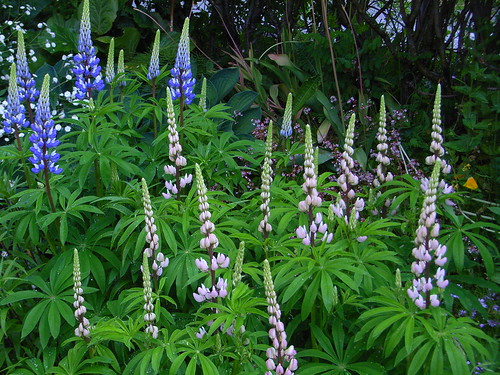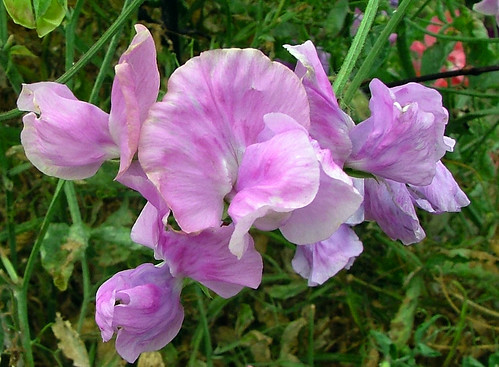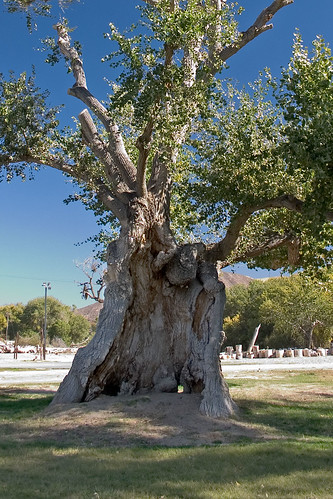Gardening for Those Getting On in Years
Expert gardeners may have spent more than half a century developing their skills but you are never to old to start, nor are you too old to learn easier and simpler ways to enjoy your gardening.
Bending and kneeling may get a bit harder as you age but there are ways to overcome mobility restrictions like padded kneelers with good handles.
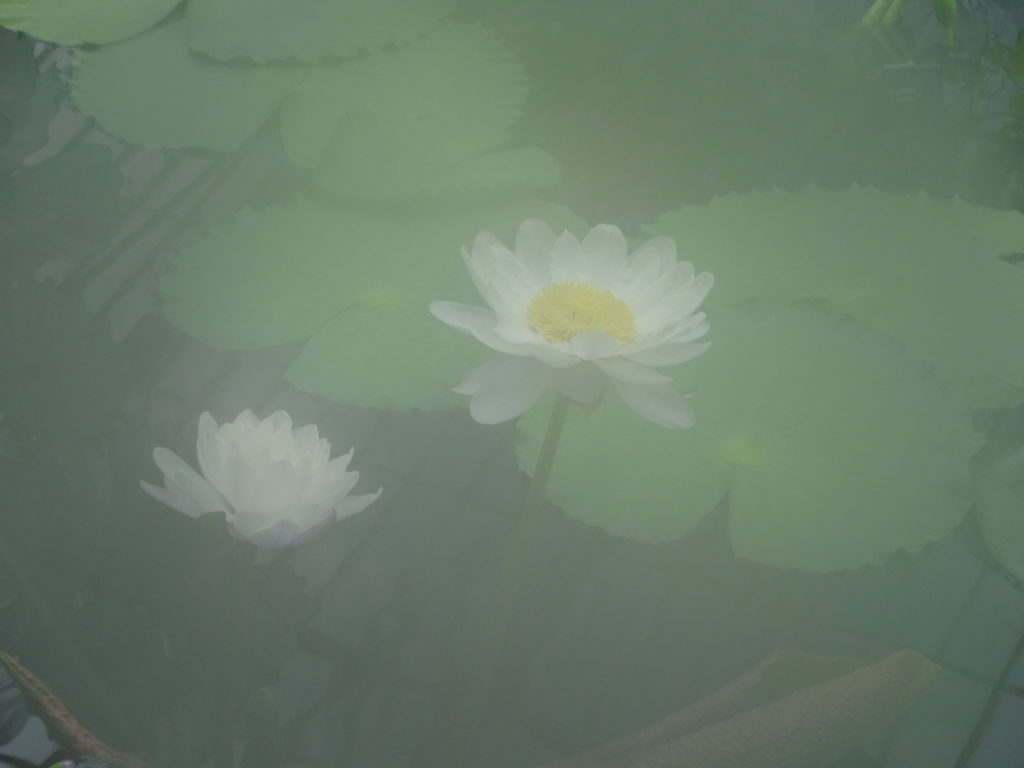
Waterlilies Viewed through my cataracts?
Tools as You Age
- You are not going to double dig acres of ground so get a spade to suit. A small stainless steel blade lifts less but will not over tax the muscles and still get most jobs done at a steady pace. Mud wont get claggy and stick the blade so you only lift it once.
- I have very useful smaller forks and a trowel on long handles. They are easy to obtain and save your back. You can also fashion your own dibbers and gadgets
- A two wheeled barrow is lighter for pushing than a traditional one wheeler.
- Use large pots and containers to reduce watering and put them on casters for moving around or better still leave them in a permanent spot.

The Illustrated Practical Guide to Gardening for Seniors: How to Maintain Your Outside Space with Ease Into Retirement and Beyond by Patty Cassidy from Amazon
Easier Gardening as You Age
- This above book shows how easy it is for seniors to carry on gardening, into and way beyond retirement.
- It looks at different kinds of homes and the gardens they provide, assessing the location, local climate and soil type and evaluating problems such as arthritis and loss of balance.
- The book also outlines the importance of taking care of your body, summarizing the safety issues, what to wear, warm-up exercises and equipment to make the garden easy to access for unsteady feet or wheelchairs.
- Included is a directory that profiles the many planting choices available, each with a difficulty rating and a hardiness category.
- Gardening for Seniors is packed with projects, garden plans and step-by-step sequences.
- Easier gardening will appeal to active gardeners in their early retirement through to those with more limited abilities, showing how, by adapting garden activities and the tools employed, the joy of gardening will remain undiminished.
Plants and Planting as You Age
- Avoid fast growing shrubs that need pruning and regular spraying. I prefer small rhododendrons to roses for this reason.
- Aim at your senses by placing plants where you will get the most reaction from those you still have in full working order.
- Design and implement your gardening to impress others and they will stop and talk.
- Cajole a relative or pay someone to do the heavy yards (landscaping, tree lopping, hedge trimming or whatever you struggle with).
- If all is failing grow indoor plants even resort to cacti
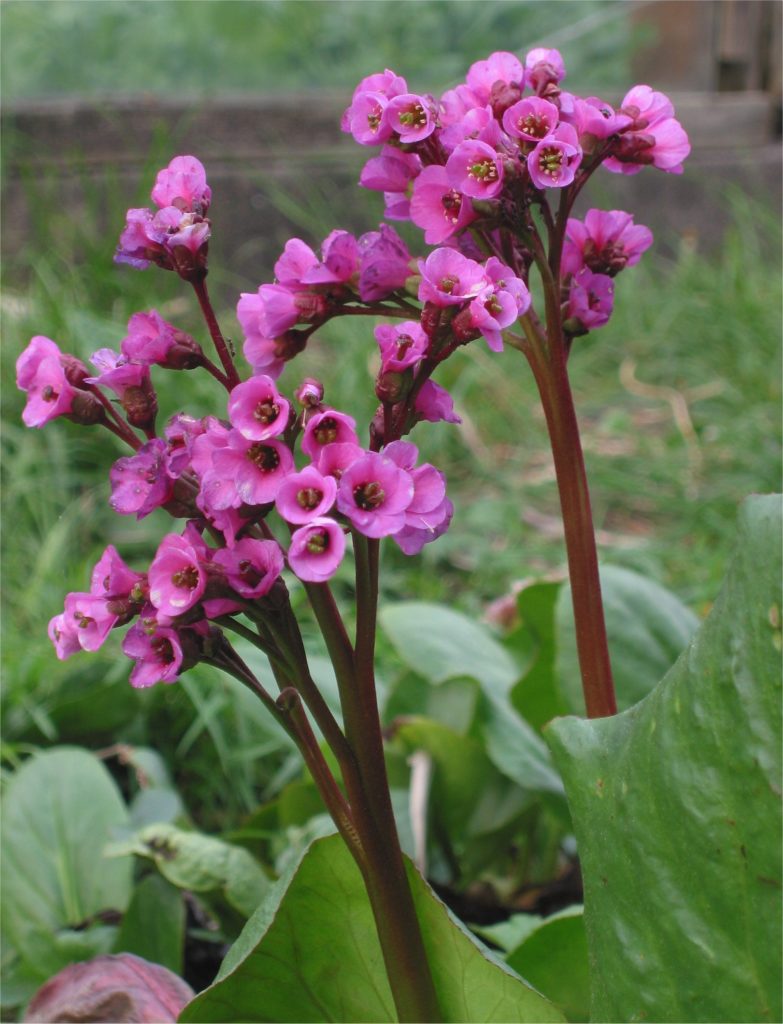 One of Georg’s favourite Berginia (wiki)
One of Georg’s favourite Berginia (wiki)
